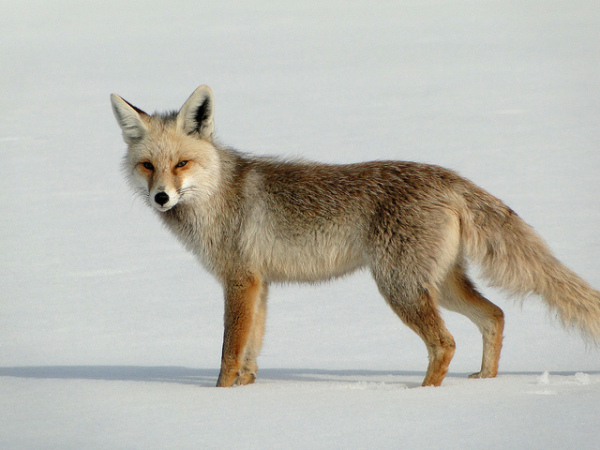Runners’ reminder-dress in layers for cold weather!
Those of us who are dedicated runners are already aware of the importance of “dressing in layers” during cold weather. What’s less commonly known is that layering-up serves a dual purpose for runners: First, it traps a certain amount of body heat around us keeping us warmer; and , second, it moves perspiration vapors away from the skin and up to the surface preventing the dreaded “winter chill”. This latter function of layering is sometimes referred to by clothing experts as the “wicking” effect. Here is the science behind layered dress:
Shine candle-bright as you run, using your clothing’s “wicking” ability
Just as the wick of a candle or a lamp draws fuel for fire upward from its base, certain fabrics have the ability to move moisture by capillary action from your body to the surface of your clothing. These materials are hydrophobic or “water haters”, and their microfibers move sweat from the skin to drier clothing exterior areas. Much-scorned polyester is actually an expert at doing this. So is Dri-fit, which is a Nike brand name. For those who prefer nature, use silk. It’s a natural at wicking, and soft as you know what.
Tips for covering your bottom
Unless you’re running in subfreezing temperatures, it is usually enough just to wear tights or compression shorts made from a blend of spandex and polyester for wicking. Over that, wear a pair of standard baseball or track pants. I prefer the baseballs, because they generally come in white, and are therefore safer for night running.
Covering your upper body
Careful attention should be paid to protecting your upper body. Doing so correctly is critical for keeping warm and preventing chills.
Upper body covering during really cold weather should consist of three essential layers: base, mid-layer, and outer layer.
Upper body base layer
A common mistake that many of us, including myself, have made is to wear cotton fabric close to the skin as a base layer. Cotton retains moisture, so that is an unsatisfactory wicking material. Instead use a silk or a synthetic base material such as polyester as previously explained.
Upper body insulating mid-layer
When the weather is especially cold (say, below 40 F.), it is imperative to wear a second insulating mid-layer. The trick is to use a material that will trap just enough air to keep us warm; but, at the same time, release enough heat to prevent overheating. A material that is highly suited for this purpose is polar fleece. By the way, fleece jackets and coats have nothing to do with sheep these days. They are usually made from polyester that is spun into a soft weave and made to resemble wool.
Upper body outer layer
The upper body outer layer is important and needs to be able to protect us from natural elements such as wind, rain and snow. However, it also should allow heat and perspiration vapors to escape to prevent overheating and chilling. A zippered jacket made of nylon or Gore-Tex on the outside is perfect for that purpose. Gore-Tex, a registered trademark, boasts the ability to repel water while allowing perspiration vapors to pass through it.
Don’t forget the extremities
A significant percentage of body heat is lost through our extremities- head, hands, and feet. To prevent this from happening consider the following:
a) Wear a winter hat made of wool or fleece.
b) Wear gloves on cold days and mittens on colder ones.
c) Wear running shoes with a minimal quantity of meshing, if available.
d) Wear acrylic or woolen socks instead of cottons. Double up, if possible, especially if the weather is wet.
Returning home
Immediately remove all articles of clothing in a warm environment to avoid chills upon returning home. (Remember that core body temperature falls rapidly when you stop exercising.) Naked, you can enjoy the warm natural glow that only vigorous exercise can legally provide, having avoided injury and illness. By the way, cold weather may exacerbate so-called “runners knee” so that you may wish to check out our article on that topic entitled- “Running shoes-don’t leave home without them”.
As usual, I look forward to your feedback. Dr. Garrett
Photo credit: https://www.flickr.com/photos/okaramollaoglu/6977256115/
Creative commons license: https://www.flickr.com/photos/okaramollaoglu/6977256115/

